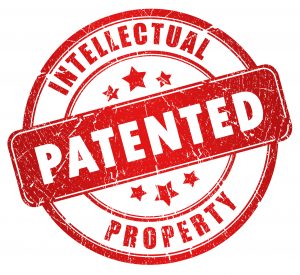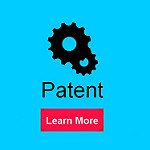 Patents are historical, technical, artistic, ground-breaking, legally binding, creative, and revealing. Patents are incredibly cool, and extremely useful.
Patents are historical, technical, artistic, ground-breaking, legally binding, creative, and revealing. Patents are incredibly cool, and extremely useful.
What’s a patent?
A patent is the right to keep other people from making or selling YOUR invention (unless you give them a license to do so). Specifically, the U.S. Patent and Trademark Office defines a patent as “the right to exclude others from making, using, offering for sale, or selling” your invention in the United States (or importing it *into* the U.S.). (You can also get patents in many other countries; here is an FAQ with more information.)
Can anything be patented?
No. You cannot patent something that isn’t new or useful, you can’t patent an idea, and you can’t patent something that’s good only for using “special nuclear material or atomic energy in an atomic weapon.” You CAN patent “any new and useful process, machine, manufacture, or composition of matter, or any new and useful improvement thereof.”
So what’s cool about them?
- They’re old– the first patent was approved in 1790. (That inventor was Samuel Hopkins, a cousin of Johns.) This very first patent was only one page long, handwritten, and signed by President George Washington.
- Because U.S. patents have been around for over 200 years — and include drawings — they’re an incredible source of historical information. For example, take a look at the Wright Brothers’ flying machine (click “full pages” on the left to see the whole thing) or Clarence Birdseye’s patent for frozen foods.
- If you are inventing something, you need to make sure that it doesn’t already exist.
Okay, I now have a better idea about why patents are so important and can be used for so many things. How do I find them?
There are many free and paid sources of patents. They cover different places and years, and each offers some advantages. All of the ones below are free, except the Derwent Innovations Index, which the library has.
- U.S. Patent and Trademark Office is extremely reliable
 and the most current all patent databases, but is a bit of a pain to search.
and the most current all patent databases, but is a bit of a pain to search. - Patentscope includes patents and applications from all members of the Patent Cooperation Treaty (PCT), about 150 countries (including the U.S.). It will also translate patents into seven languages from English, or from those languages into English (Chinese, Japanese, Korean, Russian, Spanish, German, and French).
- Free Patents Online (FPO) is user-friendly and has lots of searchable fields.
- Google Patents is missing some U.S. patents, gives unreliable results, contains some out-of-date information, and has some bad OCR, but is easy to use and fine for basic overviews.
- Derwent Innovations Index gives enhanced patent titles, which really helps to see exactly what the patents are about when you’re looking through the results list. It’s also pretty easy to use.
JHU people have a lot of patents (surprise). Put “johns hopkins” into the U.S. PTO database as “assignee,” and you get over 2,100 results.
For more information, see the Patents page on the Engineering research guide.
